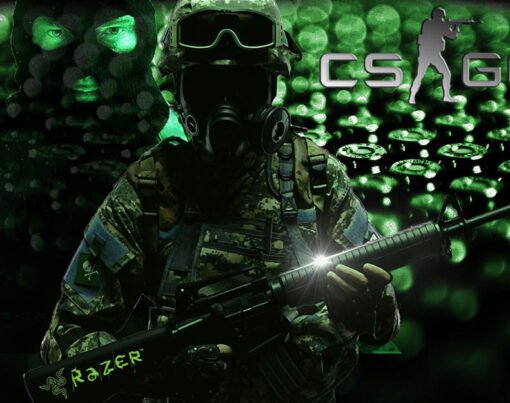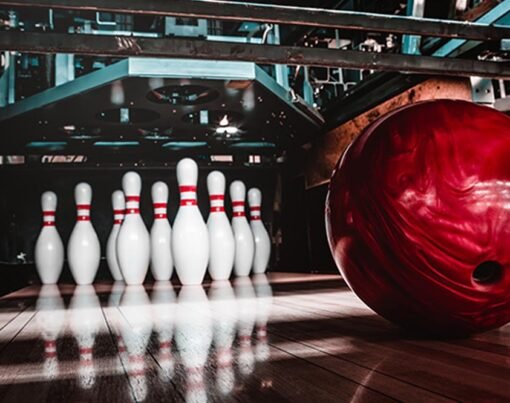Embarking on the journey of learning musical instruments as a blind person encompasses a unique set of challenges and triumphs, illustrating a significant aspect of activities for blind people. These individuals confront the initial hurdle of orienting themselves in a realm traditionally navigated through visual cues. The intricacies of understanding an instrument’s layout, reading music, and synchronizing with other musicians are transformed into a venture that relies heavily on tactile and auditory senses. Despite these challenges, the process is marked by remarkable victories. Blind musicians often develop an extraordinary auditory acuity, allowing them to perceive and interpret music with profound sensitivity. Their journey in mastering musical instruments becomes a powerful testament to the versatility and adaptability of activities for blind people. These triumphs are not merely about overcoming a lack of sight but about redefining the boundaries of what is achievable, thereby enriching the spectrum of activities accessible to blind individuals and contributing to a more inclusive approach to musical education and enjoyment.
At the heart of this exploration is the fundamental truth that music transcends visual boundaries. It speaks in a universal language, accessible and expressive in ways that go beyond sight. For the blind musician, notes and melodies become the colors and shapes of their musical world. This unique perception of music turns limitations into strengths, allowing blind musicians to experience and produce music with profound depth and emotion. Their journey highlights music’s inherent inclusivity, proving that the realm of musical creation and enjoyment is boundless, open to all irrespective of their physical abilities.
The process of learning to play instruments as a blind person is continuously evolving, thanks to adaptive techniques and technological advancements. Specialized methods such as Braille music notation and auditory training programs have opened up new avenues for learning and expression. These tools not only bridge gaps but also empower blind musicians to navigate the musical landscape with greater independence and confidence. This evolving landscape of music education for the blind underscores the core message: with the right resources and support, the world of music is an inclusive, boundary-less space, welcoming everyone to experience its joys and wonders.
Table of Contents
Choosing the Right Instrument
The selection of a musical instrument for a blind learner hinges on factors like the physical layout and tactile feedback of the instrument, as well as its auditory responsiveness. Instruments such as the piano or guitar, offering intuitive hand placement and movement, are often more accessible due to their tactile nature. Additionally, the auditory feedback from these instruments is crucial for a blind musician to learn and fine-tune their skills. The size and portability of an instrument also play a significant role, as they determine how easily a blind musician can independently manage their practice setup. Choosing the right instrument for a blind musician involves finding a balance between the instrument’s learning curve and the individual’s sensory preferences. For instance, stringed instruments like the violin and guitar, though complex, provide direct tactile and auditory feedback that aids learning through touch and sound. Similarly, wind instruments, such as flutes and saxophones, require less visual coordination, making them popular choices. Personal stories of blind musicians demonstrate the profound connection that can develop between the musician and their instrument, highlighting how the right choice can lead to remarkable artistic proficiency and innovation.
Music Education for the Blind: Challenges and Solutions
In music education for blind students, overcoming the challenges posed by traditional visual-centric methods is key, requiring adaptations to focus on auditory and tactile cues, and making music theory and notation accessible through formats like Braille or audio descriptions. Specialized teachers and institutions play a vital role, employing interactive methods tailored for non-visual learning, and fostering environments that nurture and celebrate the unique talents of blind musicians. Embracing the ‘Music Without Boundaries’ philosophy, these educators and institutions not only enhance the inclusivity and effectiveness of music education but also contribute to a cultural shift towards recognizing and supporting the diverse expressions and abilities of blind musicians in the wider musical world.
The Community Aspect: Support and Collaboration
In the journey of a blind musician, the role of community and peer support is indispensable. Being part of a musical community provides not only emotional support but also practical assistance and learning opportunities. For blind musicians, interacting with peers who face similar challenges can be incredibly empowering. Such interactions offer a platform to share experiences, tips, and techniques that are specific to non-visual music learning. Moreover, peer support groups or communities can act as safe spaces where blind musicians can express themselves freely, explore their talents, and receive encouragement and constructive feedback, which are crucial for their growth and confidence.
Collaborations between blind and sighted musicians are a profound demonstration of music’s unifying power. These partnerships often lead to a rich exchange of perspectives and skills, enhancing the musical experience for both parties. Sighted musicians can learn new ways of perceiving and creating music, while blind musicians gain insights into different aspects of musical expression and performance. Such collaborations are not just about making music together; they are about building bridges of understanding and breaking down stereotypes. They showcase how diversity in abilities can lead to innovative and inspiring musical creations, embodying the essence of ‘Music Without Boundaries.’
Conclusion
As we conclude this exploration, the ethos of ‘Music Without Boundaries’ stands out as a beacon of hope and possibility for blind musicians. This concept isn’t just a lofty ideal; it’s a tangible reality being forged every day by the resilient spirit of blind musicians and the communities that support them. Music, in its essence, knows no barriers of sight, and this truth is exemplified in the way blind musicians interact with and interpret music. Their journey is a powerful reminder that music is an inclusive art form, accessible to all, regardless of physical limitations. The stories and experiences discussed in this article reinforce the notion that with the right support and resources, blind individuals can not only participate in but also significantly contribute to the rich tapestry of the musical world.
The power of music to transcend visual limitations is not just about the ability to play an instrument or read notes. It’s about the transformation that occurs when a blind individual connects with music. This connection can be a profound source of joy, expression, and identity. It can break down barriers of isolation and open up a world of new possibilities. For many blind musicians, music becomes a language through which they can communicate, share, and connect with others on a level that transcends visual perception. It’s a testament to the adaptability and creativity of the human spirit, and a reminder that the realm of music is as vast and varied as the experiences and imaginations of those who delve into it.
This article is not just a narrative but also a call to action for a more inclusive and accessible musical landscape. It is an invitation to music educators, institutions, and the industry at large to reconsider and reshape the way music is taught, experienced, and shared, keeping in mind the unique needs and talents of blind musicians. There is a need for more adaptive learning resources, accessible performance spaces, and greater representation of blind musicians in the mainstream music scene. As audiences, educators, and fellow musicians, we are called upon to not only recognize and celebrate the contributions of blind musicians but also to actively support and facilitate their journey. By doing so, we not only enrich their lives but also enhance our own understanding and appreciation of the true essence of music – a universal language that transcends all boundaries, visual or otherwise.










